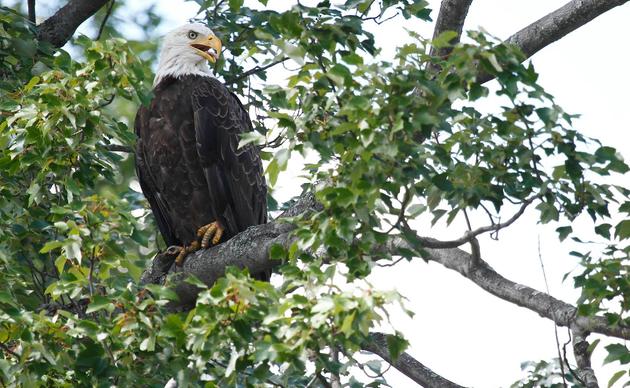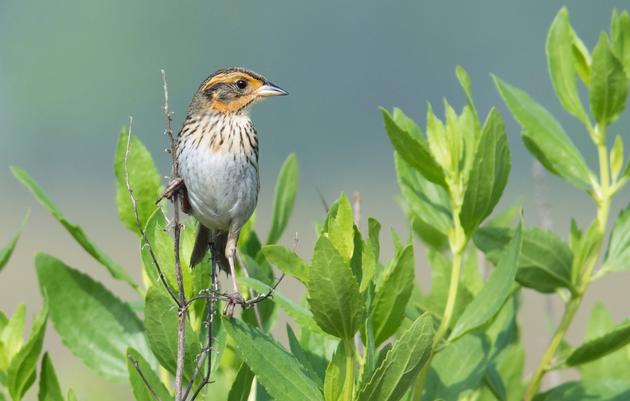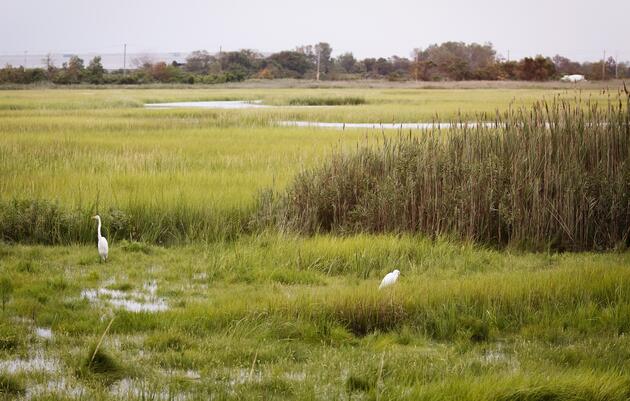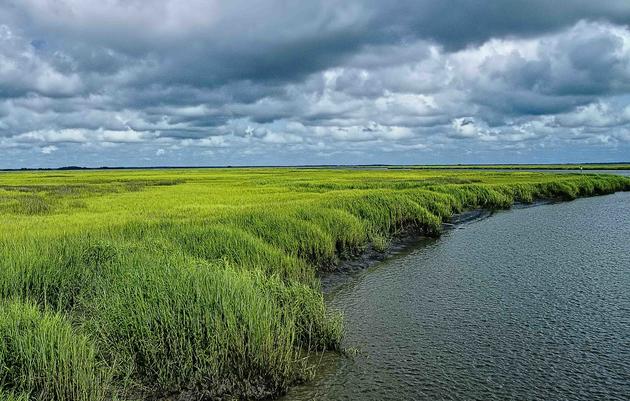10 Marsh Birds Teaching Us About Wetlands
Let’s start from the top. What is a marsh?
A marsh is a type of wetland, literally a low-lying area which is flooded in wet seasons or at high tide. Salt marshes are found along all types of New York coastlines, where they are flooded and drained by salt water brought in by the tides. Freshwater marsh, like those found inland at the Montezuma Audubon Center in the Finger Lakes region, support hundreds of thousands of migratory bird species. Along the Hudson River, where salt water combines with freshwater to create “brackish” marsh, the Constitution Marsh Audubon Center is home to as many as 30 Bald Eagles in winter.
You may be able to ID many of these marsh-dependent birds already, but did you know they also teach us about the health of their marsh ecosystem?
We call certain birds like the Saltmarsh Sparrow a “canary in the coalmine” for this reason: their absence, presence, population increase, or decline, tells us a lot about whether an ecosystem is healthy—or in trouble.
Many of these birds are also found in freshwater wetland habitat. Learn more about the behavior of "secretive marsh birds" in this webinar recording.
10 Marsh Birds to Know (And Learn From!)
SALTMARSH SPARROW
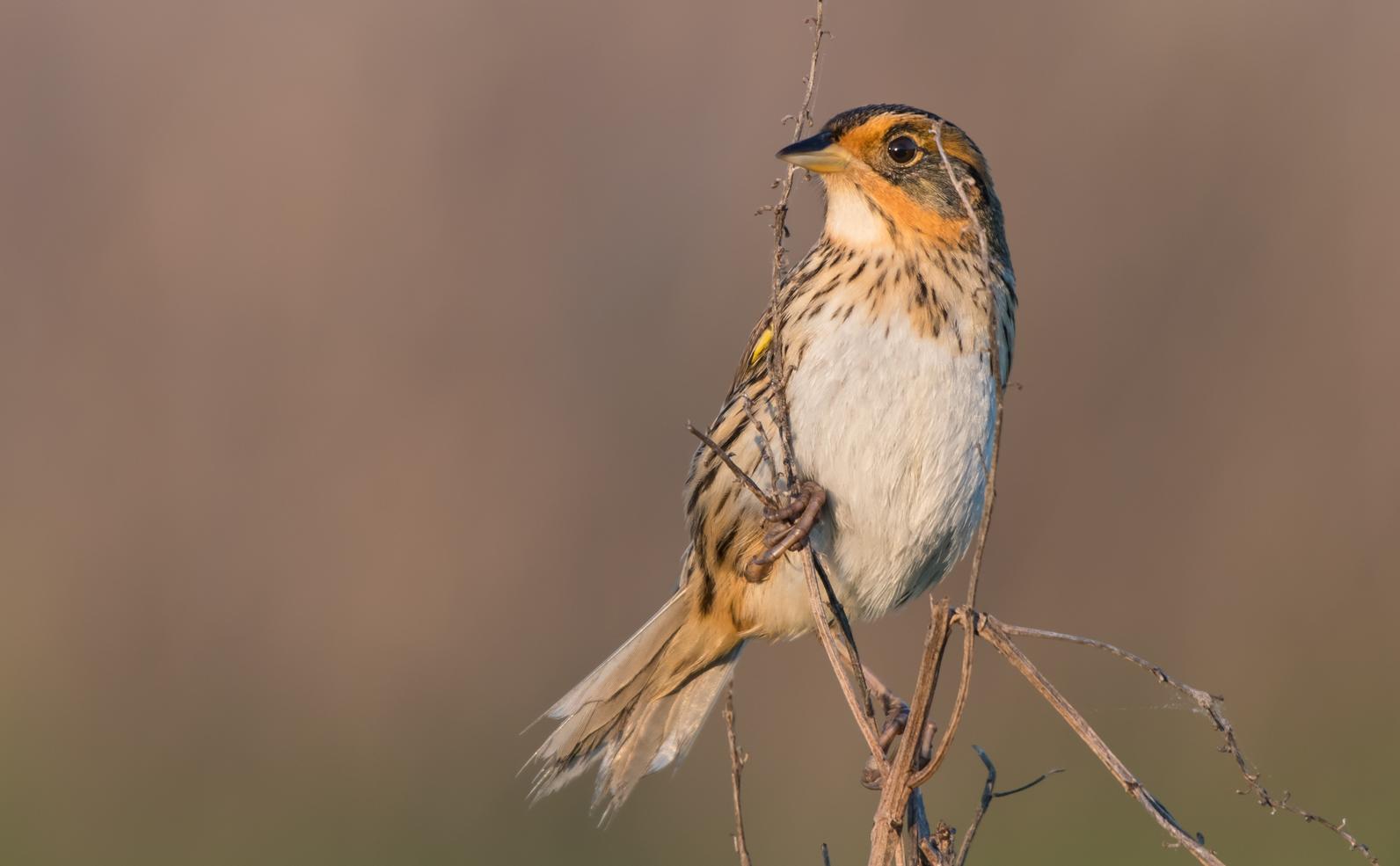
The Saltmarsh Sparrow is creeping dangerously close to extinction, which tells us we have an ecosystem problem. For decades, the incursion of roads, beachside homes, and invasive plants have devoured its natural habitats—yet rising sea levels, along with more intense storms, have brought this bird--and coastal marshes-- to the brink. See what Audubon is doing to create a more resilient coastline.
AMERICAN OYSTERCATCHER
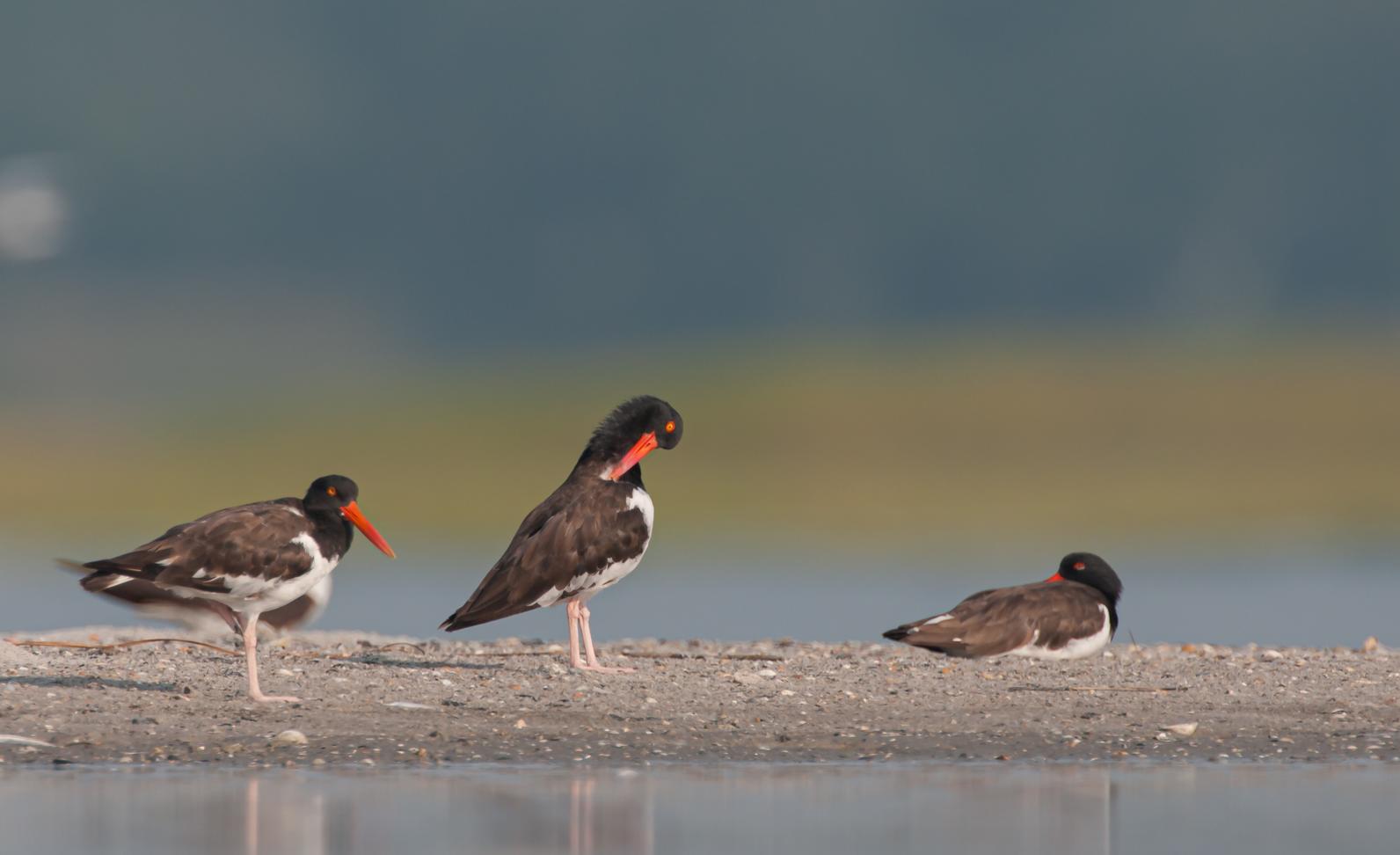
You see them foraging and nesting on beaches, but did you know this bright-billed bird depends on marshes too? Oystercatchers rarely venture inland, and prefer nesting on low-lying marsh islands or beaches where they can escape human disturbance. This makes them vulnerable to climate-related threats like rising sea levels. Increased severity of coastal storms may also damage the habitat they depend on, and destroy their nests.
Learn more about how to help them here.
GREATER YELLOWLEGS
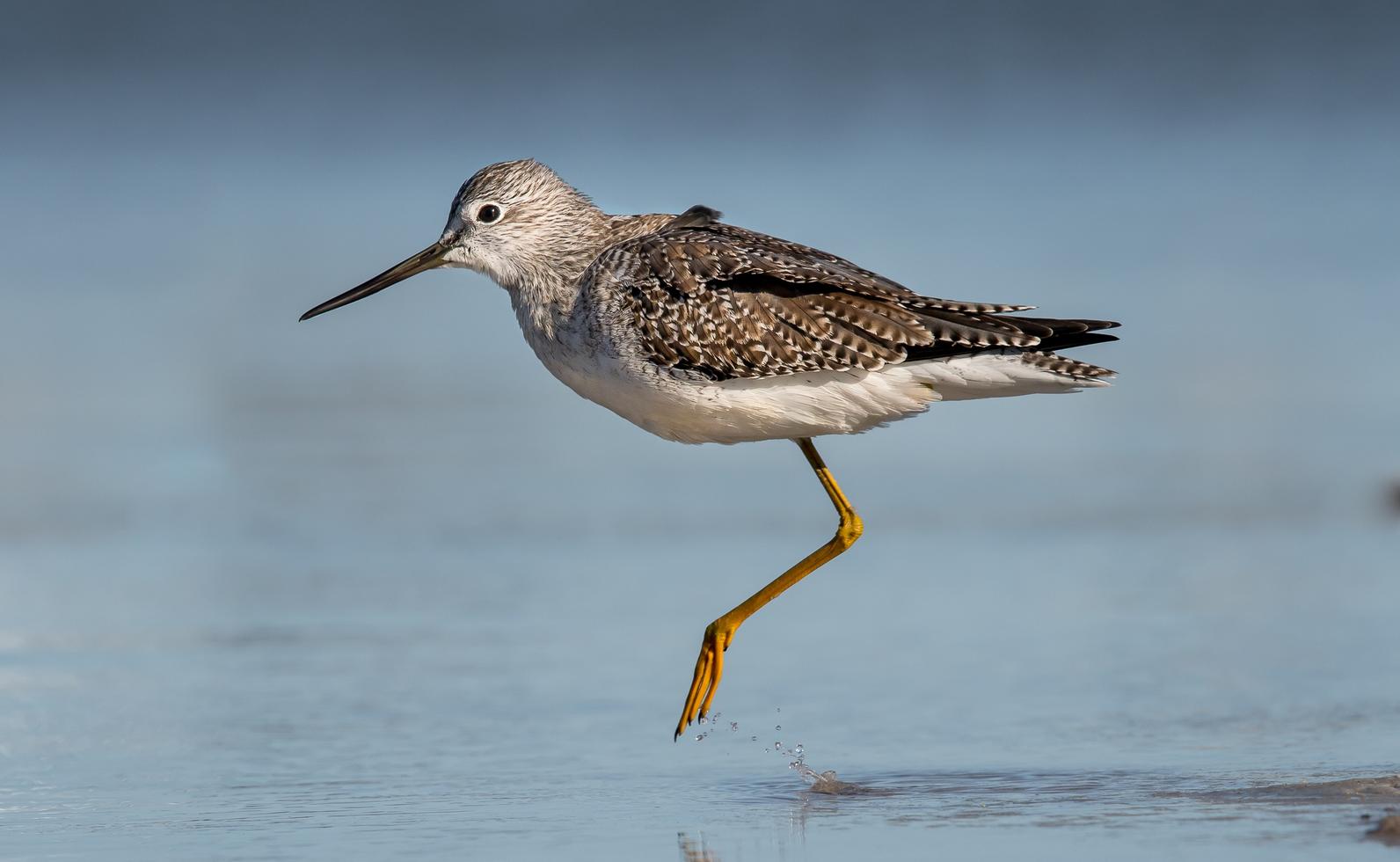
This bird is of low conservation concern, but highly visible due to its (you guessed it) bright yellow legs. According to Audubon’s climate models, however, this bird could lose 86% of its summer breeding range if global temperatures increase by three degrees. Because this species uses many different types of wetland habitats, it is and will be difficult to detect declines.
OSPREY
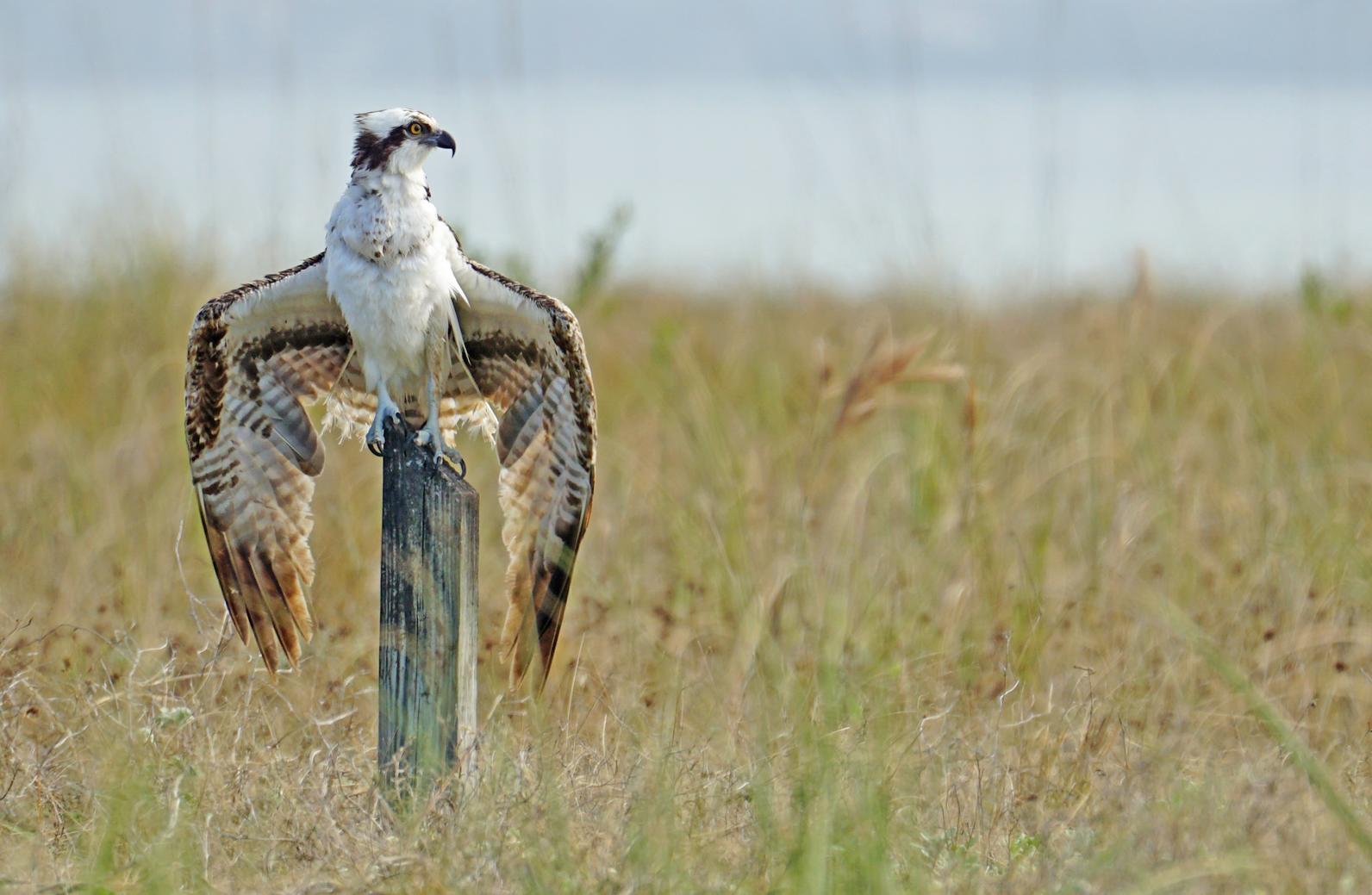
The fact that Osprey are a common sight across our coast is an indicator of the health of the species, which have rebounded since chemical pollutants—DDT in particular—were banned. Their near-extinction raised the red flag on the major threat of pesticides to wildlife, and humans.
Federal, state, and private agencies have also helped spur the raptor’s recovery by erecting artificial nest platforms like these in neighboring Connecticut and engaging in active reintroduction.
CLAPPER RAIL
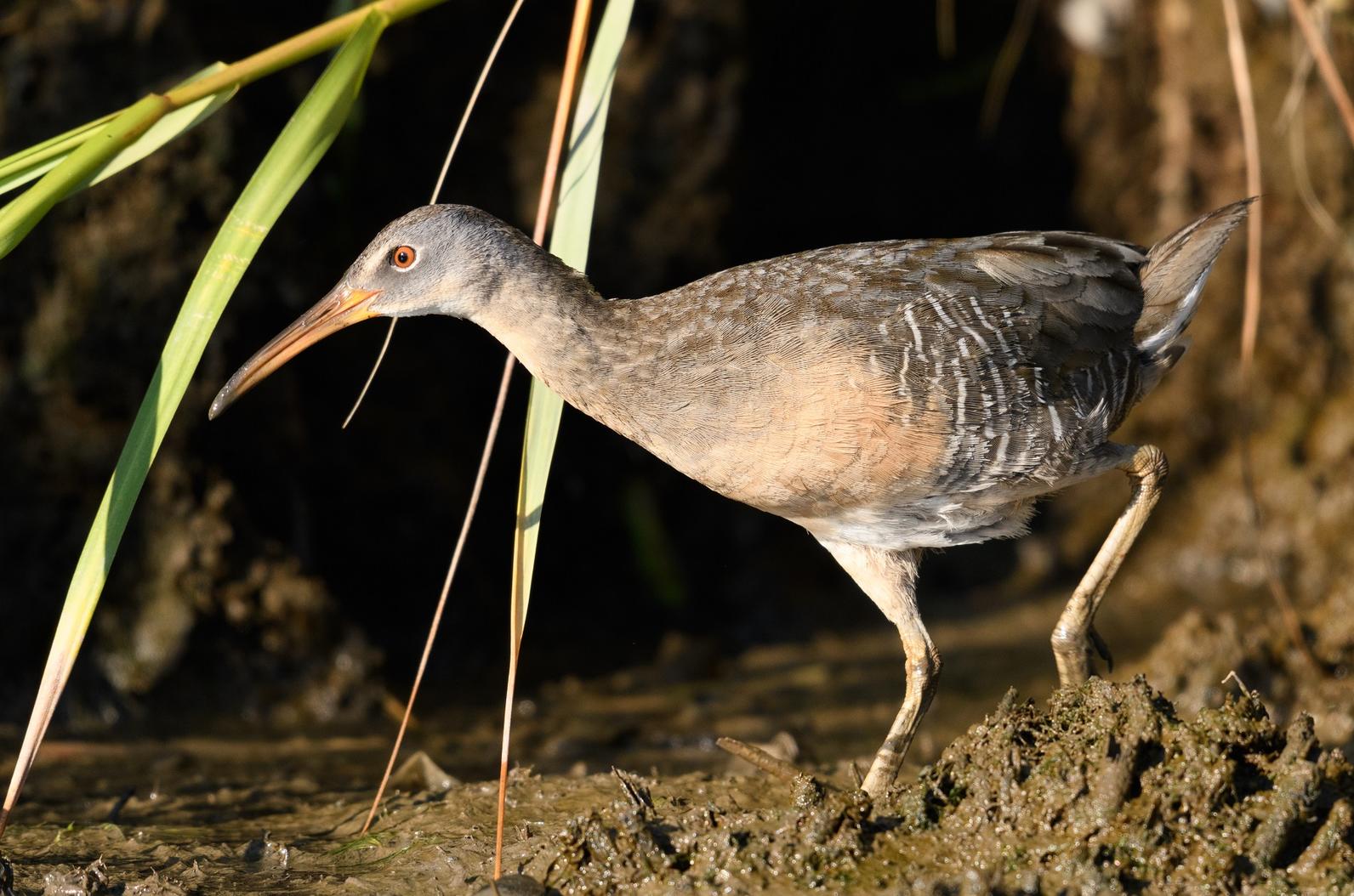
Haven’t seen a Clapper Rail? You’re not alone—this “secretive marsh bird” typically stays hidden in dense vegetation, especially during high tide. This makes it difficult to estimate their population trends, as surveying them practically requires X-ray vision!
Clapper Rails can potentially serve as an indicator species of estuary health, specifically as an indicator of contaminants like PCBs, which they ingest through feeding.
RED-WINGED BLACKBIRD
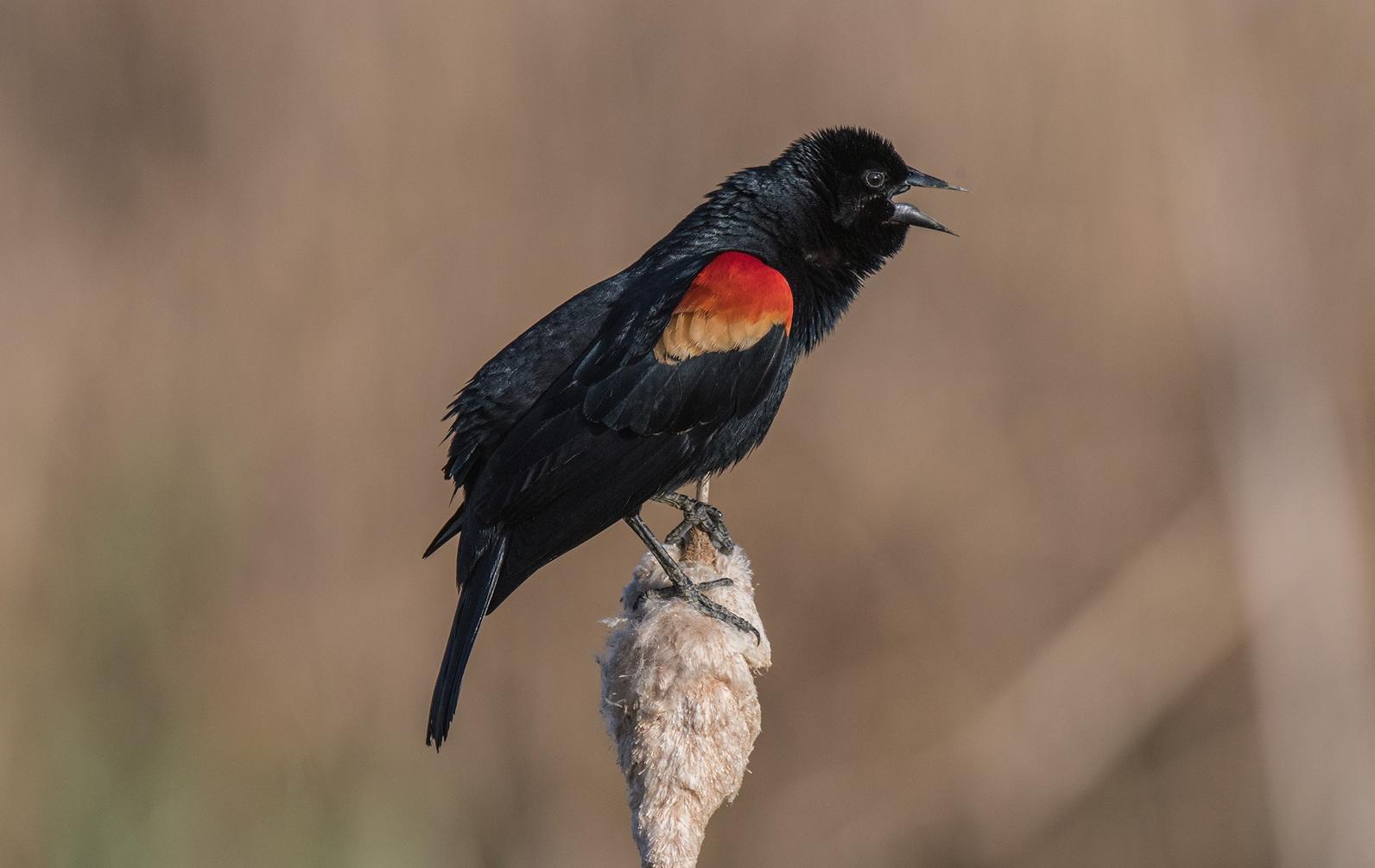
Based on sound alone, Red-winged Blackbirds appear prolific. These birds spend the breeding season defending their territories by singing a loud “Conk-a-reeeeeee!” But populations declined by over 30% throughout most of their range between 1966 and 2014, according to the North American Breeding Bird Survey. This could be due to increasing scarcity of marsh habitat, where the species builds its nest, or decline of agricultural lands, as it also nests in fields. Either way, not great news for coastal communities or farming communities.
BELTED KINGFISHER
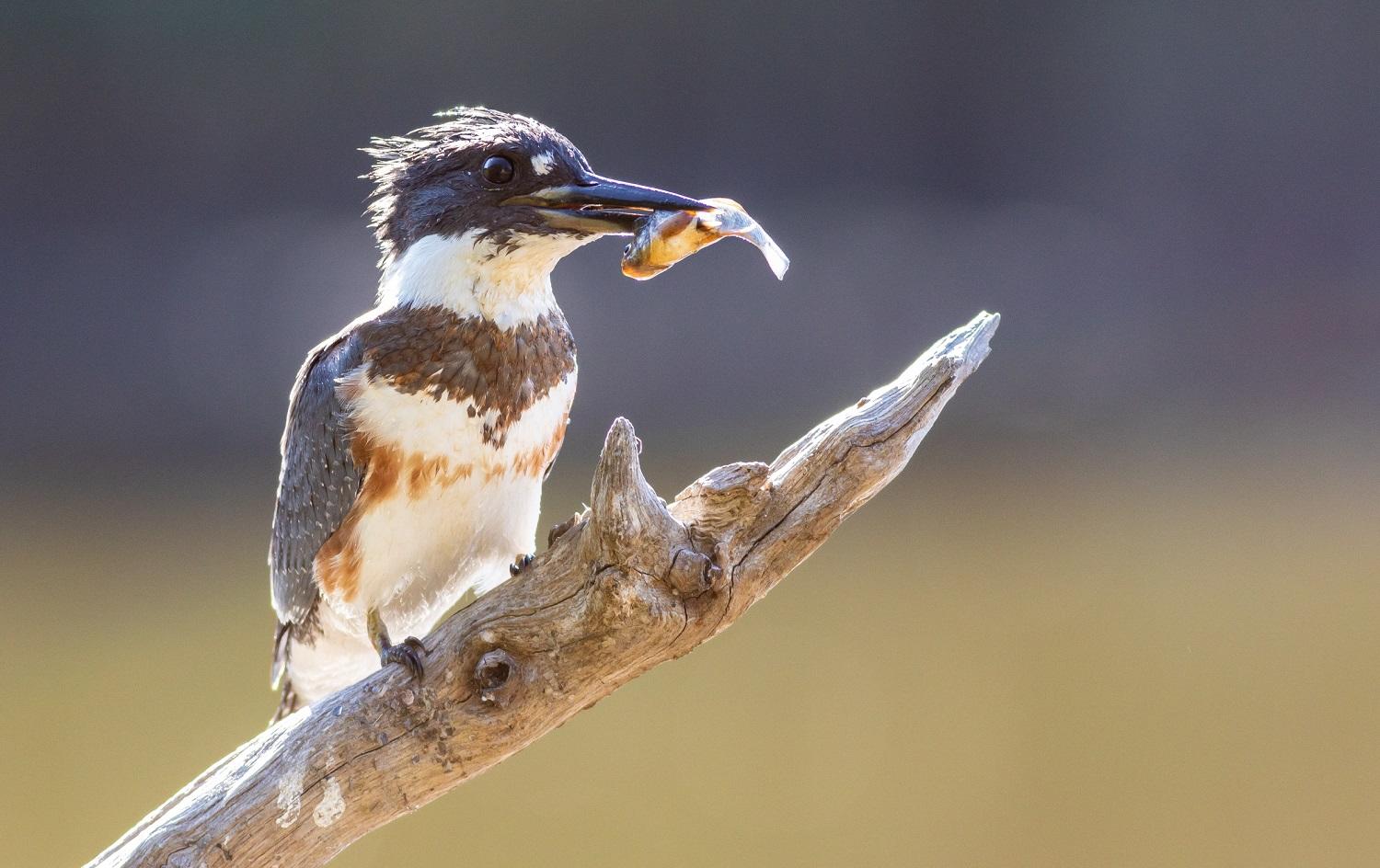
Recent surveys indicate declines in population of this popular punk-rock bird (can anyone top that mohawk?). Preserving its waterside nesting and feeding habitats are essential to preparing this species for the dire effects of climate change. Funding for conservation is critical for birds like the Belted Kingfisher and the others on this list, and has a direct impact on the health of 2,390 square miles of our freshwater rivers, streams, lakes, ponds, and reservoirs.
SEASIDE SPARROW

No other songbird in North America is so closely tied to salt marsh as the Seaside Sparrow (not even the Saltmarsh Sparrow!). Except for a few populations in Florida, it is almost never found away from tidal marshes along the immediate coast. One subspecies, the "Dusky" Seaside Sparrow, recently became extinct due to human-driven alterations and fragmentation of their habitat. If that isn't a call for help for healthier salt marsh, what is?
GREAT BLUE HERON
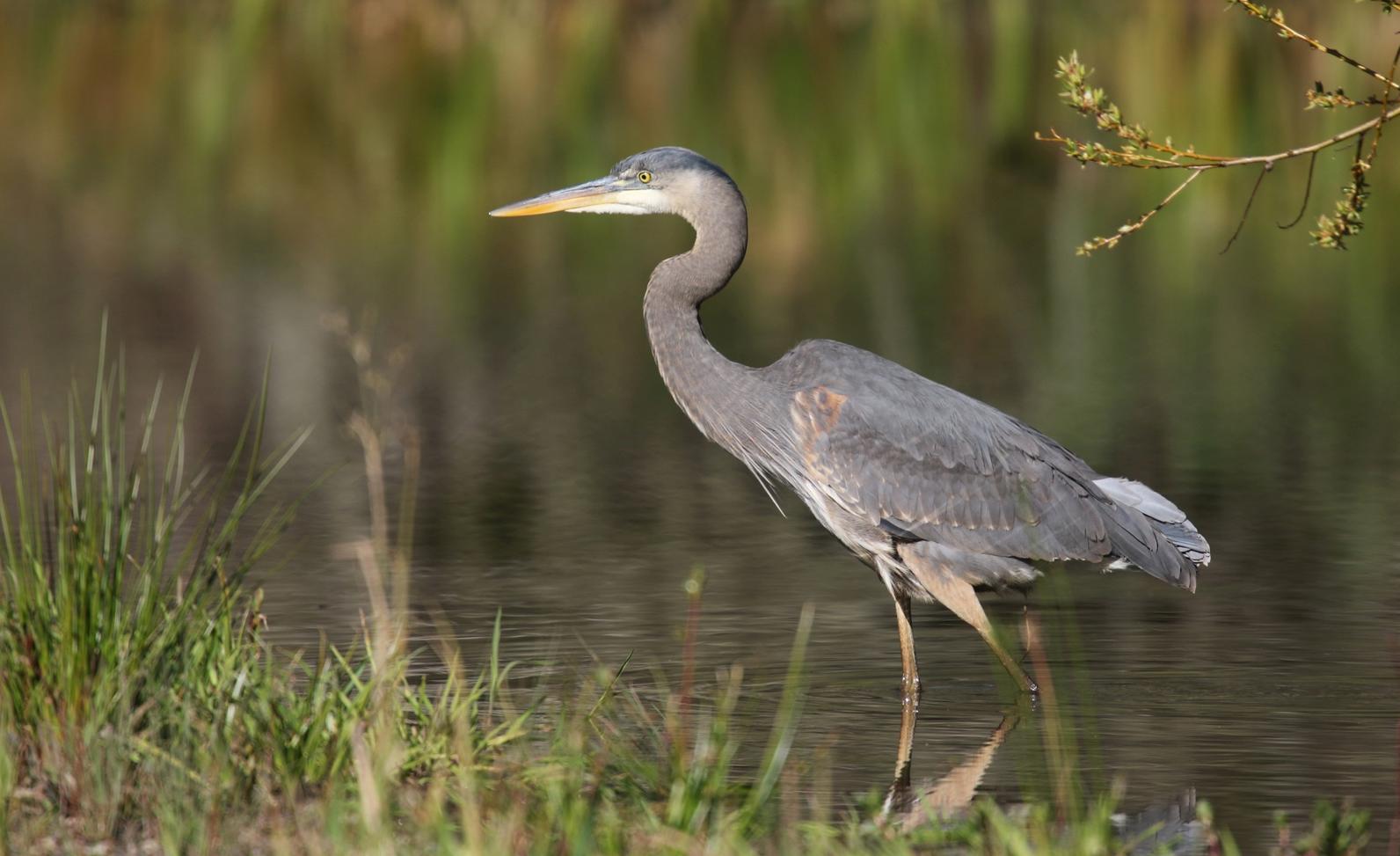
The Great Blue Heron is still common and widespread, which tells us something very important about this species--it is highly adaptable. In the face of major threats to coastal habitat, the Great Blue Heron is doing fine. And, with its variable diet, it is able to spend the winter farther north than most herons, even in areas where most waters freeze. Where it is a year-round resident, herons can serve as indicators of environmental health because they consume large volumes of small prey. In doing so, they concentrate contaminants--and act as an early warning system for human health and other wildlife.
SNOWY EGRET
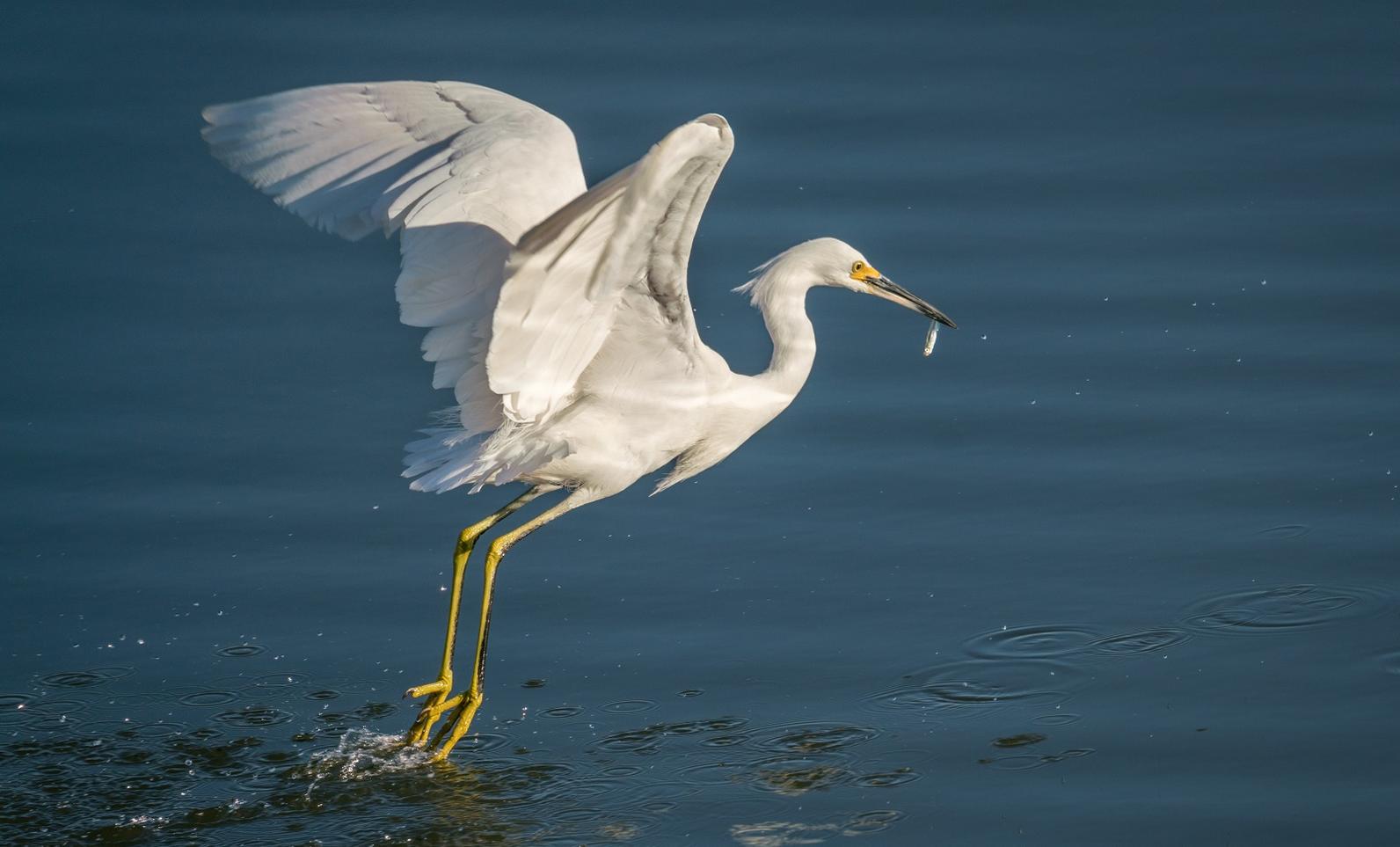
Habitat loss has been noted as the greatest threat to the Snowy Egret. On Long Island, threats include flooding, erosion, human activity, and predation. Thanks to protected places like the Jamaica Bay Wildlife Refuge, this bird has been able to breed successfully in our state.
Related
New York's "Canary on the Coastline" Sings a Warning for Long Island
Fragile Saltmarsh Sparrow populations are the driving force behind a new focus on coastal resilience.
Salt Marsh Projects Across Long Island Aim to Create More Resilient Coastline
These work sites are essential to protecting birds and people from increased flooding and more frequent storms.
Meet The Salt Marsh Team
In order to help marshes adapt to sea-level rise, Audubon's team is working with partners to protect marsh migration corridors, restoring marsh, and improving resilience of marsh
Donate to Audubon
Help secure the future for birds at risk from climate change, habitat loss and other threats. Your support will power our science, education, advocacy and on-the-ground conservation efforts.

